Related Research Articles

Pope Clement VII was head of the Catholic Church and ruler of the Papal States from 19 November 1523 to his death on 25 September 1534. Deemed "the most unfortunate of the popes", Clement VII's reign was marked by a rapid succession of political, military, and religious struggles—many long in the making—which had far-reaching consequences for Christianity and world politics.
The 1470s decade ran from January 1, 1470, to December 31, 1479.

Catherine de' Medici was an Italian (Florentine) noblewoman born into the Medici family. She was Queen of France from 1547 to 1559 by marriage to King Henry II and the mother of French kings Francis II, Charles IX, and Henry III. The years during which her sons reigned have been called "the age of Catherine de' Medici" since she had extensive, if at times varying, influence on the political life of France.

The House of Medici was an Italian banking family and political dynasty that first consolidated power in the Republic of Florence under Cosimo de' Medici during the first half of the 15th century. The family originated in the Mugello region of Tuscany, and prospered gradually until it was able to fund the Medici Bank. This bank was the largest in Europe during the 15th century and facilitated the Medicis' rise to political power in Florence, although they officially remained citizens rather than monarchs until the 16th century.

Francis II was King of France from 1559 to 1560. He was also King of Scotland as the husband of Mary, Queen of Scots, from 1558 until his death in 1560.
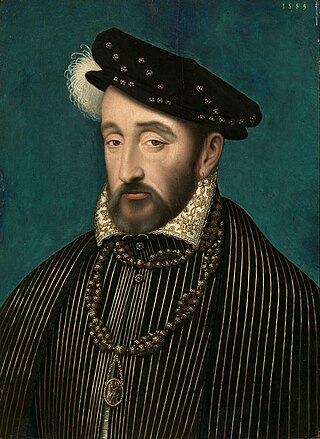
Henry II was King of France from 1547 until his death in 1559. The second son of Francis I and Duchess Claude of Brittany, he became Dauphin of France upon the death of his elder brother Francis in 1536.

Cosimo I de' Medici was the second duke of Florence from 1537 until 1569, when he became the first grand duke of Tuscany, a title he held until his death.
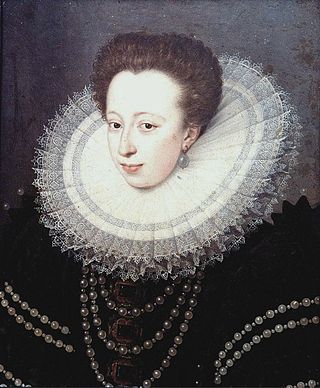
Christina of Lorraine was a French noblewoman of the House of Lorraine who became a Grand Duchess of Tuscany by marriage. She served as Regent of Tuscany jointly with her daughter-in-law during the minority of her grandson from 1621 to 1628.
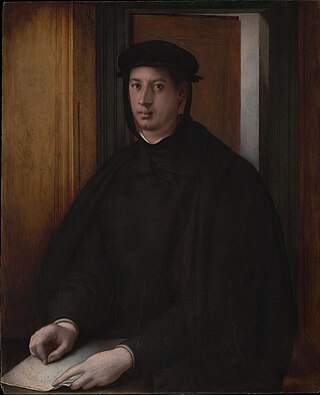
Alessandro de' Medici, nicknamed "il Moro" due to his dark complexion, Duke of Penne and the first Duke of the Florentine Republic, was ruler of Florence from 1530 to his death in 1537. The first Medici to rule Florence as a hereditary monarch, Alessandro was also the last Medici from the senior line of the family to lead the city. His assassination at the hands of distant cousin Lorenzaccio caused the title of Duke to pass to Cosimo I de Medici, from the family's junior branch.

Niccolò Ridolfi was an Italian cardinal.
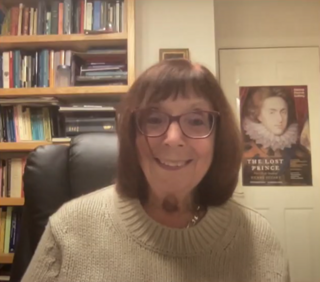
Susan Michelle Doran FRHistS is a British historian whose primary studies surround the reign of Elizabeth I, in particular the theme of marriage and succession. She has published and edited sixteen books, notably Elizabeth I and Religion, 1558-1603, Monarchy and Matrimony and Queen Elizabeth I, the last part of the British Library's Historic Lives series.
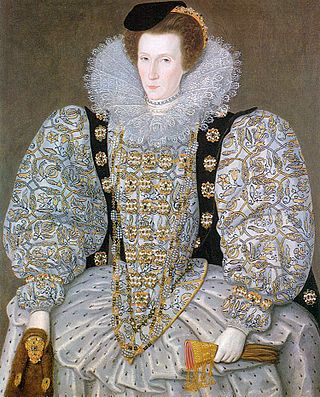
A zibellino, flea-fur or fur tippet is a women's fashion accessory popular in the later 15th and 16th centuries. A zibellino, from the Italian word for "sable", is the pelt of a sable or marten worn draped at the neck or hanging at the waist, or carried in the hand. The plural is zibellini. Some zibellini were fitted with faces and paws of goldsmith's work with jeweled eyes and pearl earrings, while unadorned furs were also fashionable.
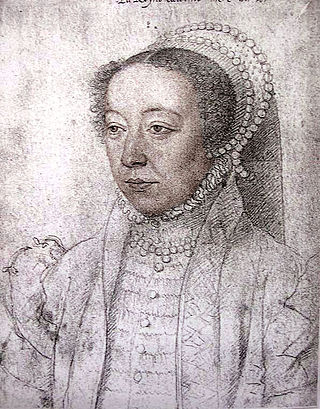
The French queen Catherine de' Medici was patron for building projects including the Valois chapel at the Basilica of Saint-Denis, the Tuileries Palace, and the Hôtel de la Reine in Paris, and extensions to the Château de Chenonceau, near Blois. Born in 1519 in Florence, Catherine de' Medici was a daughter of both the Italian and the French Renaissance. She grew up in Florence and Rome under the wing of the Medici popes, Leo X and Clement VII. In 1533, at the age of fourteen, she left Italy and married Henry, the second son of King Francis I of France. On doing so, she entered the greatest Renaissance court in northern Europe.
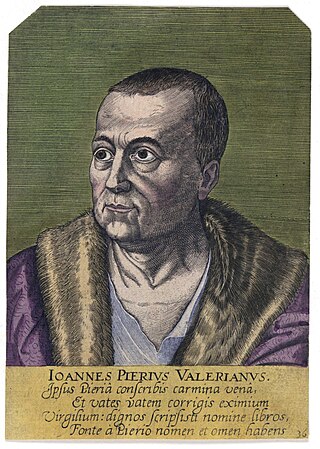
Pierio Valeriano (1477–1558), born Giovanni Pietro dalle Fosse, was an Italian Renaissance humanist, specializing in the early study of Egyptian hieroglyphs. His most famous works were On the Ill Fortune of Learned Men and Hieroglyphica, sive, De sacris Aegyptiorvm literis commentarii, a study on hieroglyphics and their use in allegory.

Carlo di Cosimo de' Medici was an Italian priest. A member of the powerful Medici family, he became a senior clergyman and collector.

Italian garden typically refers to a style of gardens, wherever located, reflecting a number of large Italian Renaissance gardens which have survived in something like their original form. In the history of gardening, during the Renaissance, Italy had the most advanced and admired gardens in Europe, which greatly influenced other countries, especially the French formal garden and Dutch gardens and, mostly through these, gardens in Britain.
The Gonfalonier of the Church or Papal Gonfalonier was a military and political office of the Papal States. Originating from the use of the Papal banner during combat, the office later became largely ceremonial and political. At his nomination, the gonfalonier was given two banners, one with the arms of the Church and another with the arms of the reigning pope. The gonfalonier was entitled to include ecclesiastical emblems upon his own arms, usually only during his term of office but on occasion permanently. Pope Innocent XII ended the rank, along with the captaincy general, and replaced them both with the position of flag-bearer of the Holy Roman Church, which later became hereditary in the Naro Patrizi.
Filippa Duci or Filippa Ducci, dame de Couy, was a French courtesan. She was the mother of Diane de France.
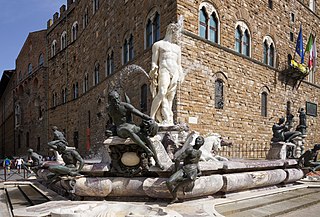
The Fountain of Neptune in Florence, Italy, is situated in the Piazza della Signoria, in front of the Palazzo Vecchio. The fountain was commissioned by Cosimo I de' Medici in 1559 to celebrate the marriage of Francesco de' Medici I to Grand Duchess Joanna of Austria. Cosimo I de' Medici was the Duke of Florence from 1537-1569 and responsible for a vast number of architectural and artistic elements in Florence that still exist today.

The Serpent Queen is an American historical drama television series about the life of Catherine de' Medici, the 16th century Queen of France, as portrayed by actress Samantha Morton. The series was created by Justin Haythe and is based on the 2004 nonfiction book Catherine de Medici: Renaissance Queen of France by Leonie Frieda. The Serpent Queen premiered on Starz on September 11, 2022. In October 2022, Starz renewed the series for a second season, which premiered on 12 July 2024.
References
- ↑ Wilson, Frances (23 May 2024). "review of Catherine de' Medici: The Life and Times of the Serpent Queen by Mary Hollingsworth". The Telegraph.
- ↑ "review of The Family Medici: The Hidden History of the Medici Dynasty by Mary Hollingsworth". Kirkus Reviews. 2018.
- ↑ Hughes, Kathryn (21 May 2004). "Review: The Cardinal's Hat by Mary Hollingsworth". Theguardian.com. Retrieved 11 November 2017.
- ↑ Witt, Ronald G. (1 January 1998). "review of Patronage in Renaissance Italy from 1400 to the Early Sixteenth century by Mary Hollingsworth". Fifteenth Century Studies. 24: 285.